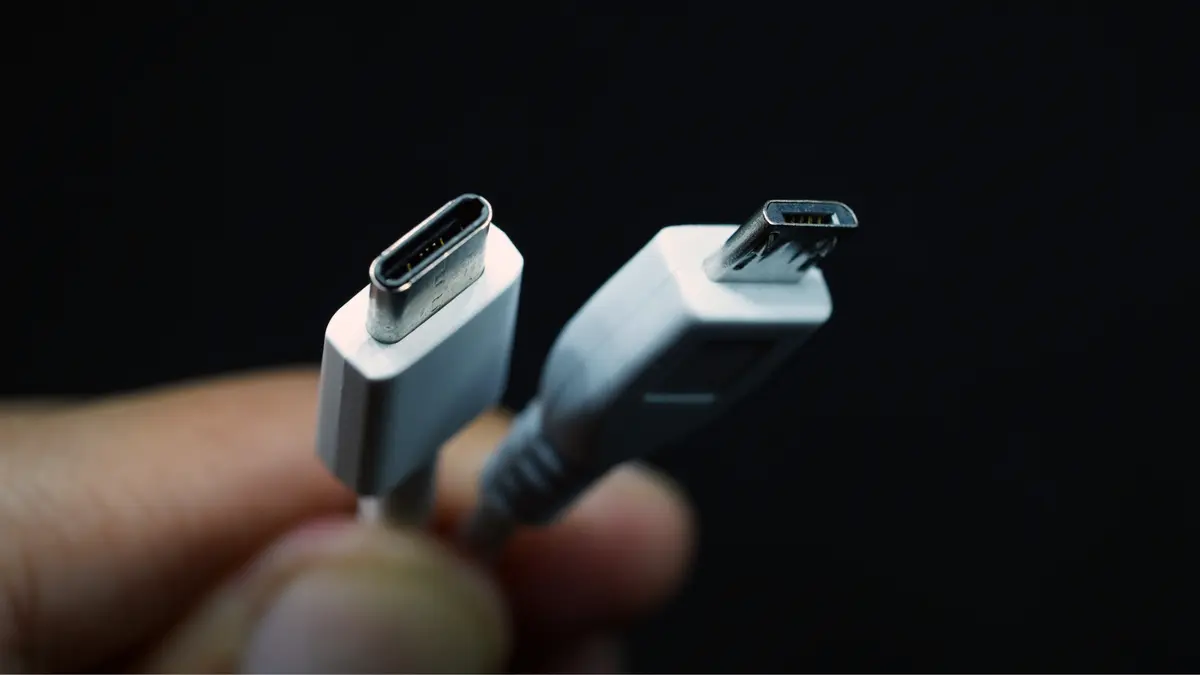European Union Enforces Universal USB-C Charging Standard for Devices

Starting December 28, 2024, a landmark EU regulation requires all smartphones, tablets, cameras, and several other devices sold in the European Union to adopt a universal USB-C charging port.
Key Highlights
- Scope of the Law:
- The regulation applies to 27 EU member states and mandates USB-C as the standard charging port for:
- Smartphones
- Tablets
- Digital cameras
- Headphones
- Speakers
- Keyboards
- The regulation applies to 27 EU member states and mandates USB-C as the standard charging port for:
- Objectives:
- Eliminate the need for multiple chargers and cables, simplifying consumer use.
- Reduce electronic waste by promoting reusability of chargers across multiple devices.
- Compliance Timeline:
- The law, approved in October 2022, gave manufacturers over two years to transition.
Impact on Major Tech Companies
- Apple:
- Previously resistant, Apple shifted to USB-C ports starting with the iPhone 15 series to comply with the regulation.
- This marks a significant departure from Apple’s proprietary Lightning connector, which was the standard for its devices.
- Android Devices:
- Most Android smartphones already utilize USB-C connectors, making compliance straightforward for many manufacturers.
Global Implications
- Beyond Europe:
- While the law directly affects the EU, its global influence is expected to drive uniform adoption of USB-C ports worldwide.
- For manufacturers, maintaining a single production standard globally is more cost-effective than regional variations.
- Consumer Benefits:
- Simplifies device compatibility across brands.
- Reduces the need to purchase multiple chargers and cables for different devices.
Looking Ahead
The EU’s move is expected to:
- Pave the way for a global standardization of device charging.
- Promote sustainability by significantly reducing electronic waste.
Consumers worldwide may soon enjoy the convenience of a single, universal charging standard for their electronic devices.










